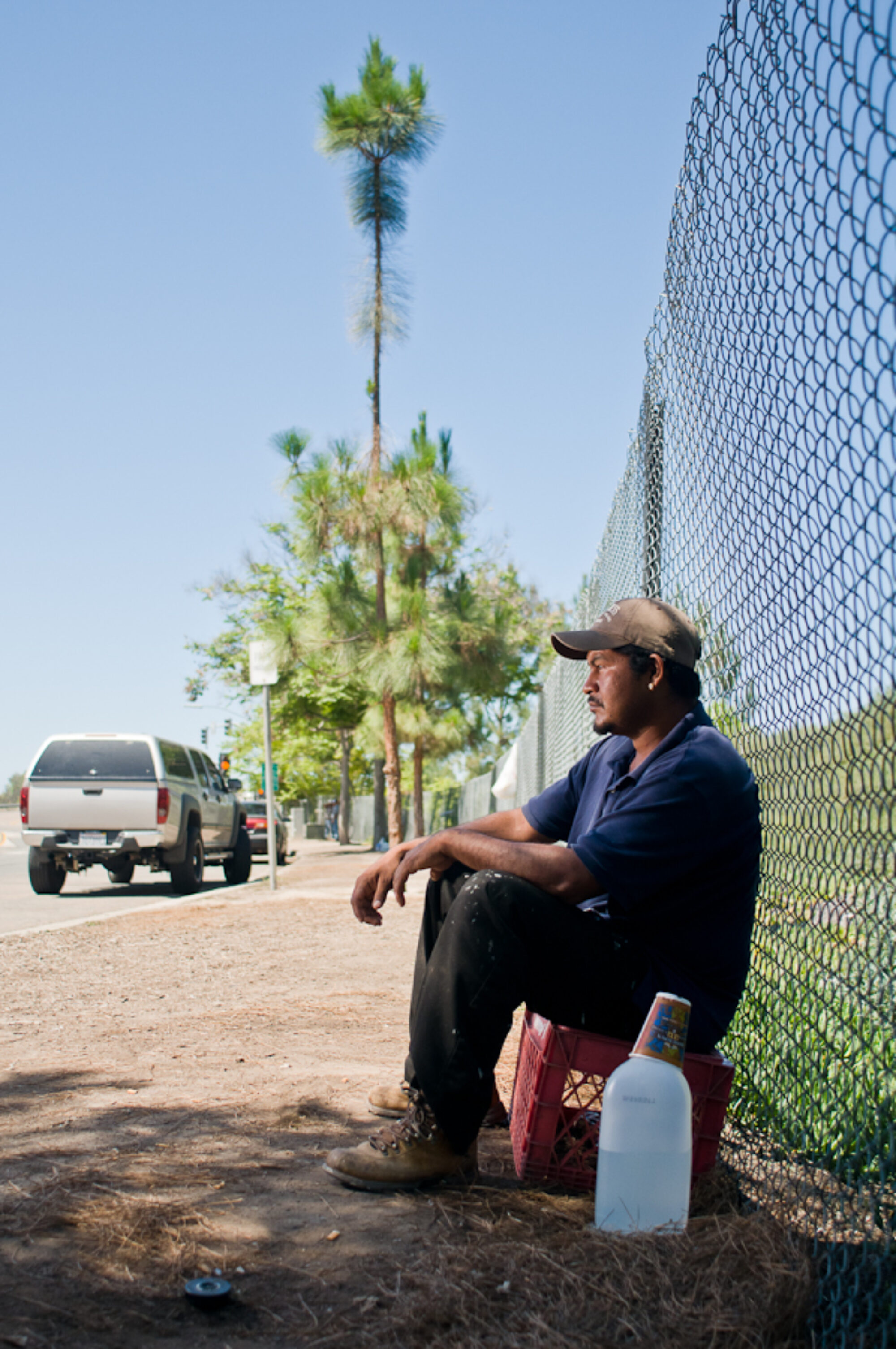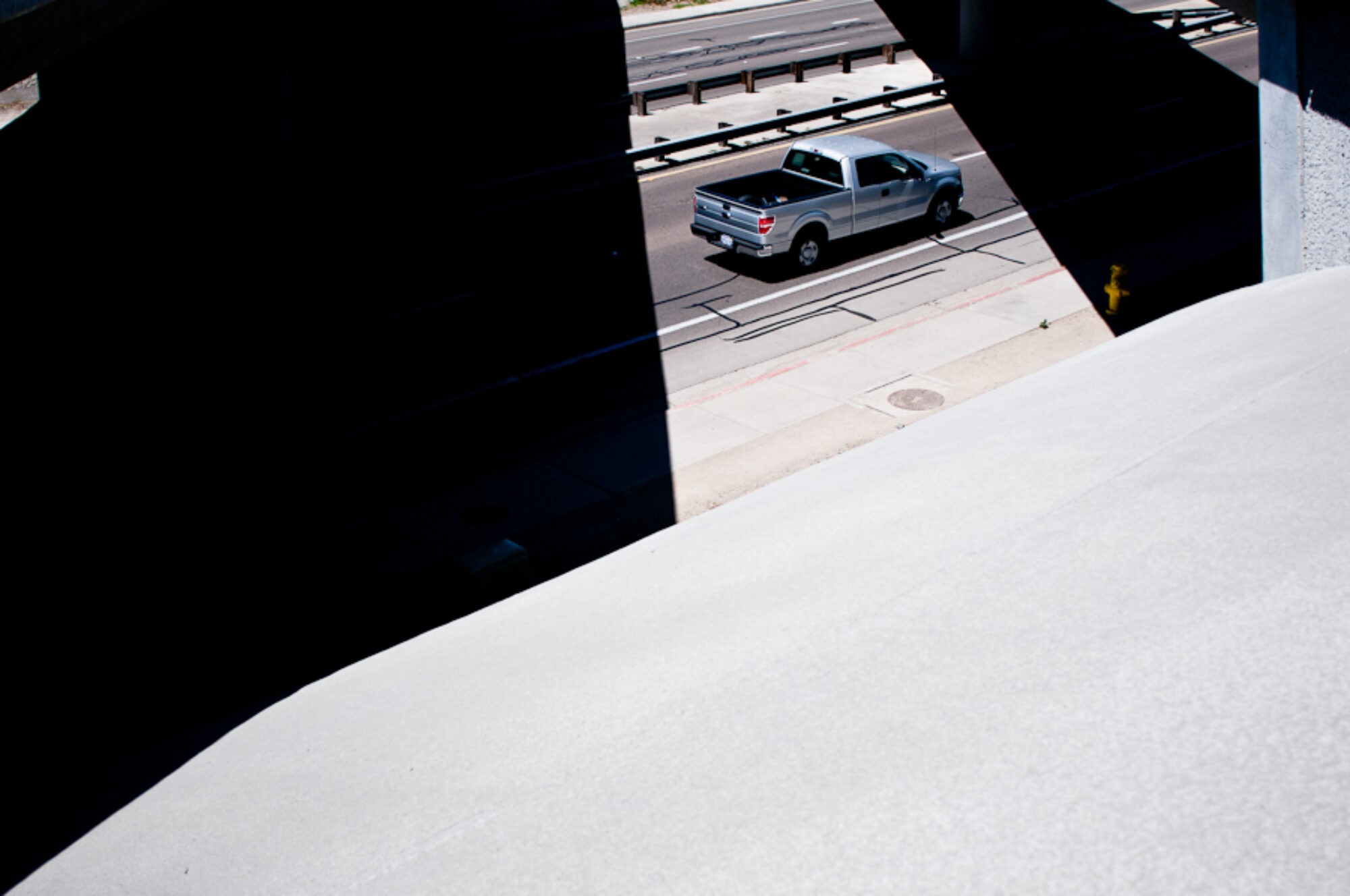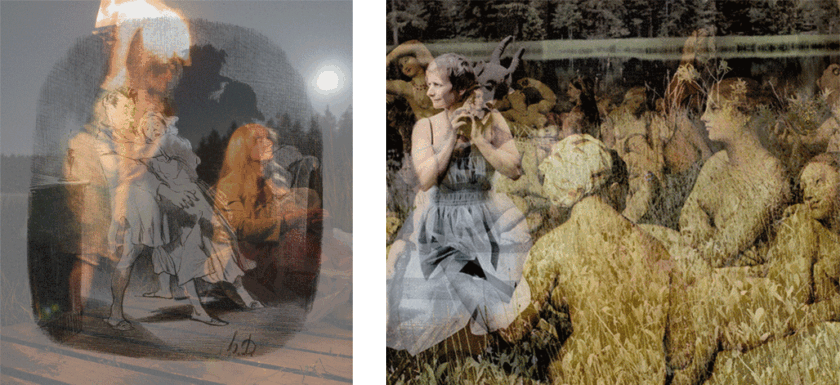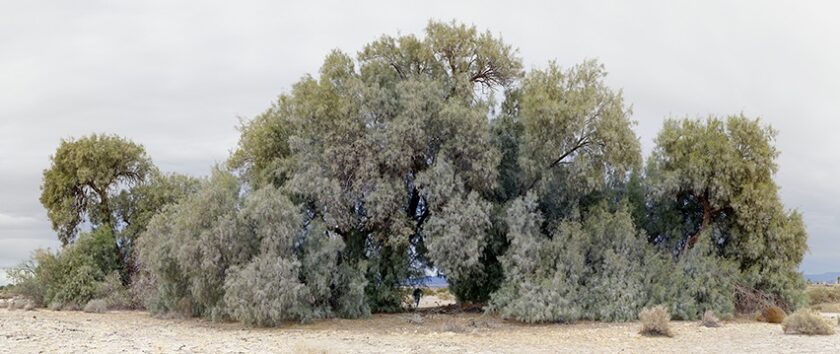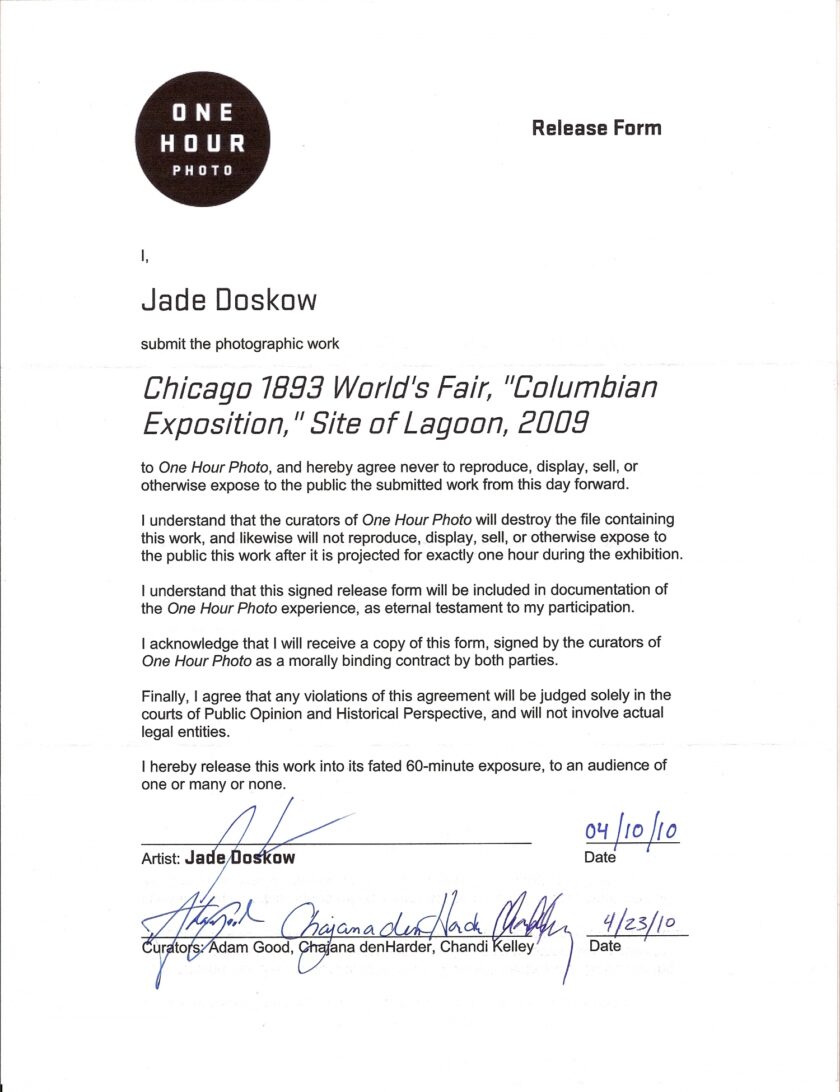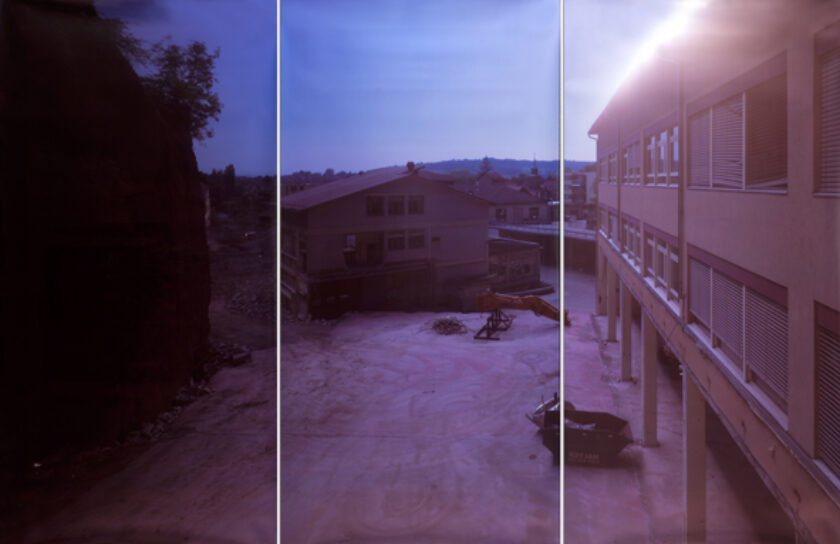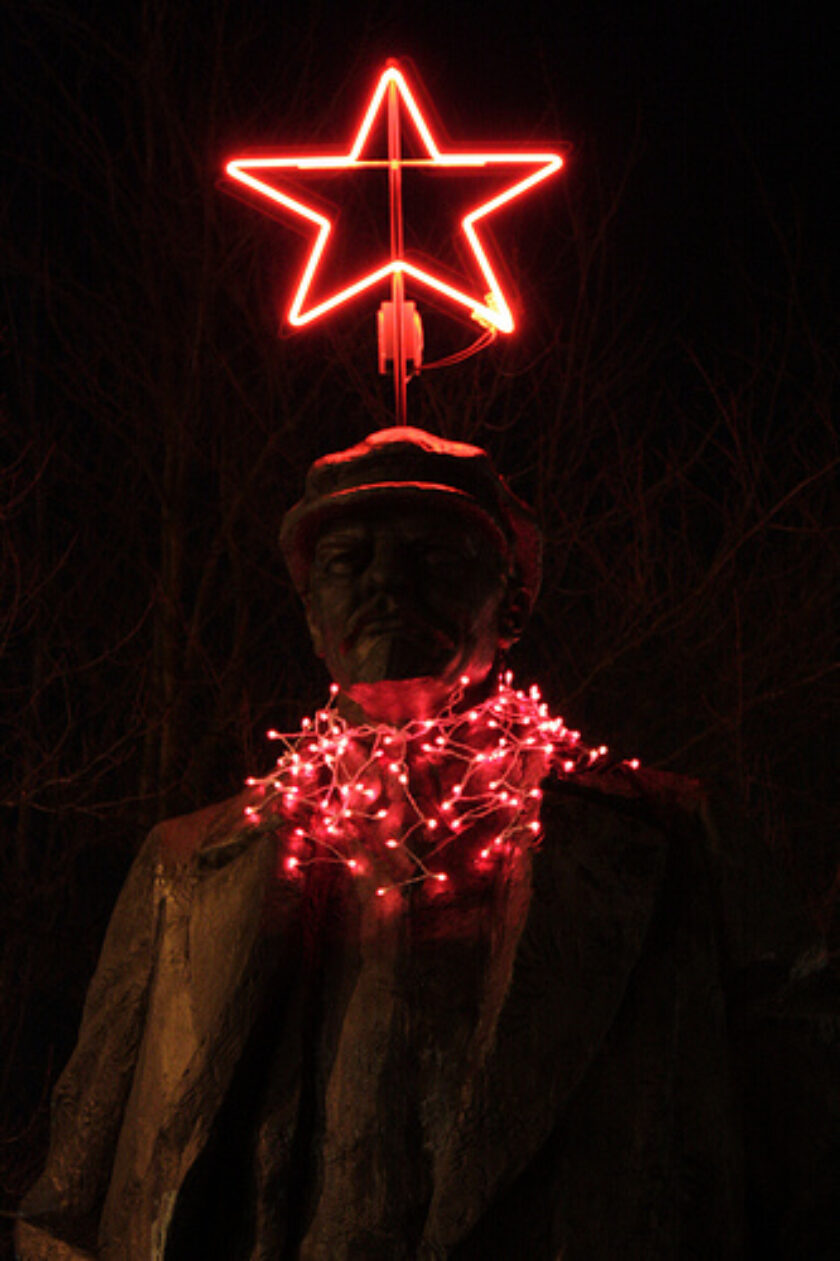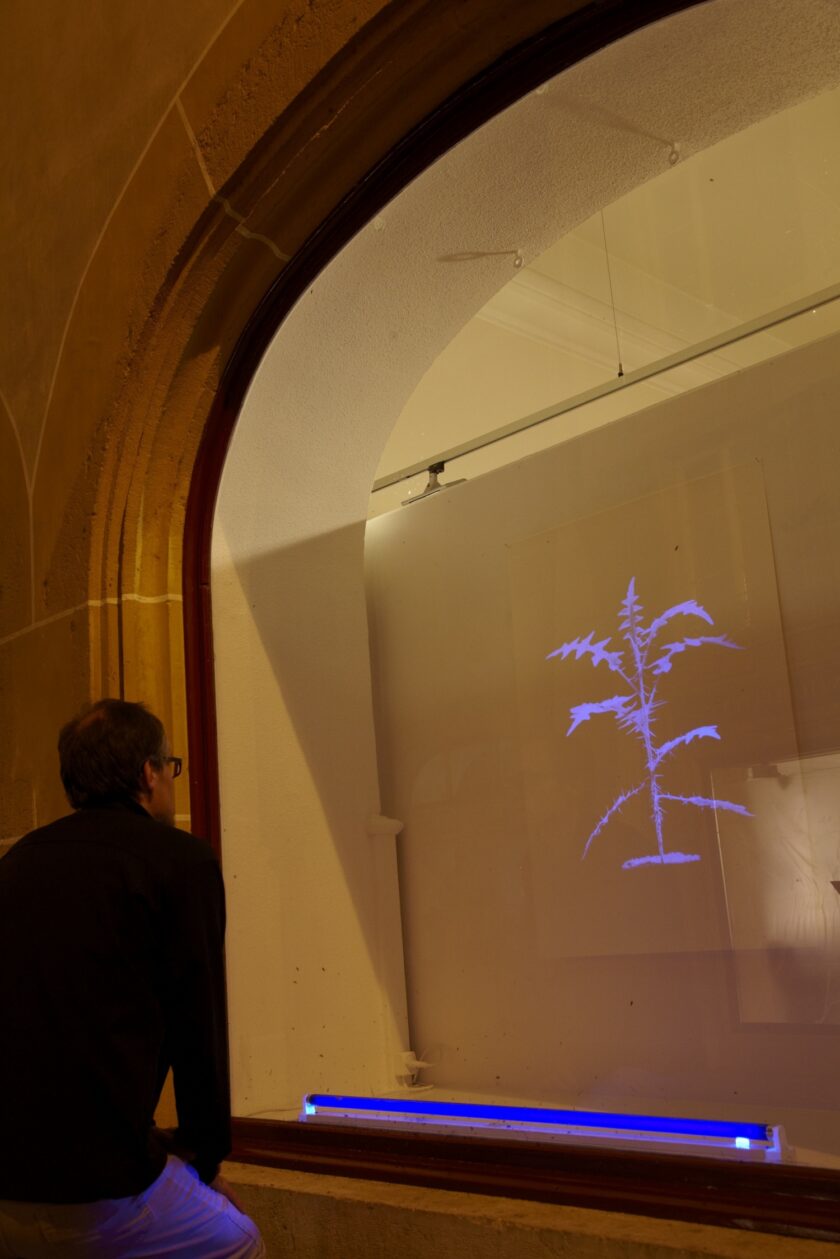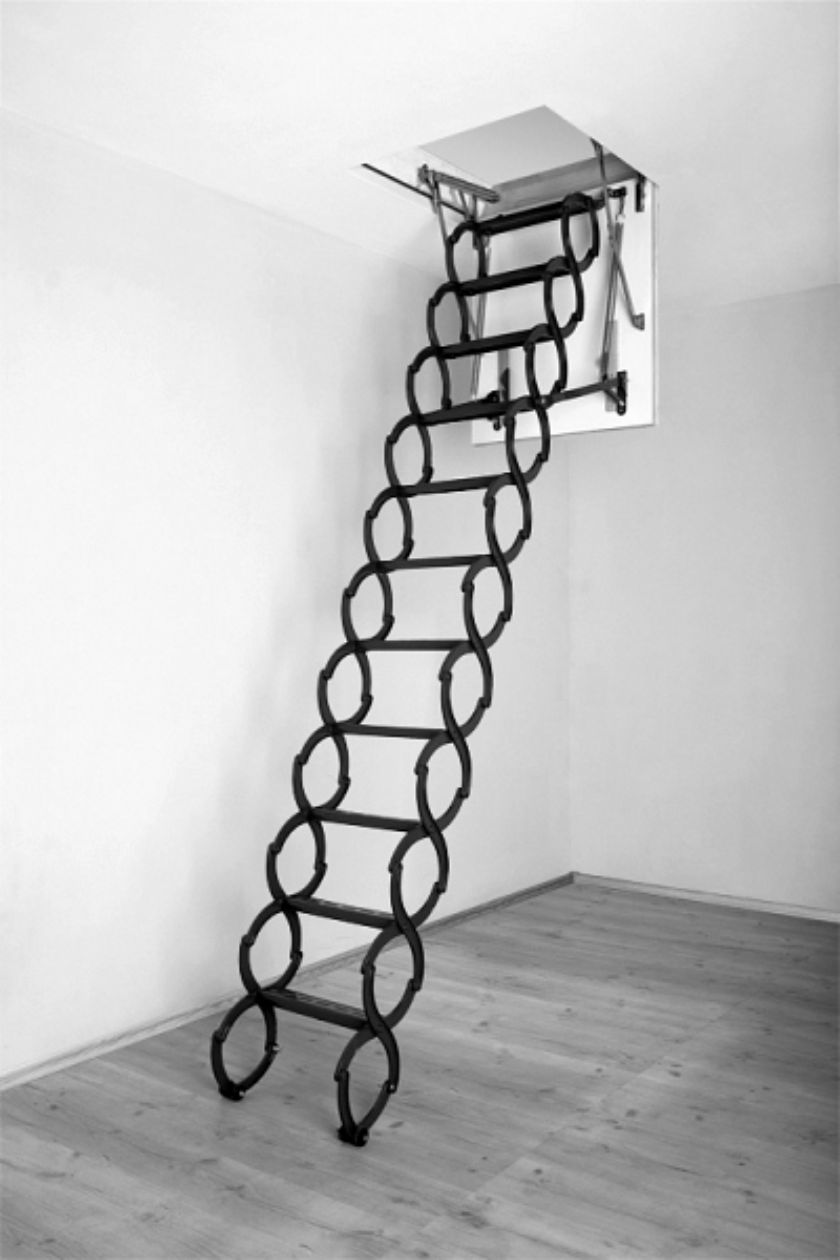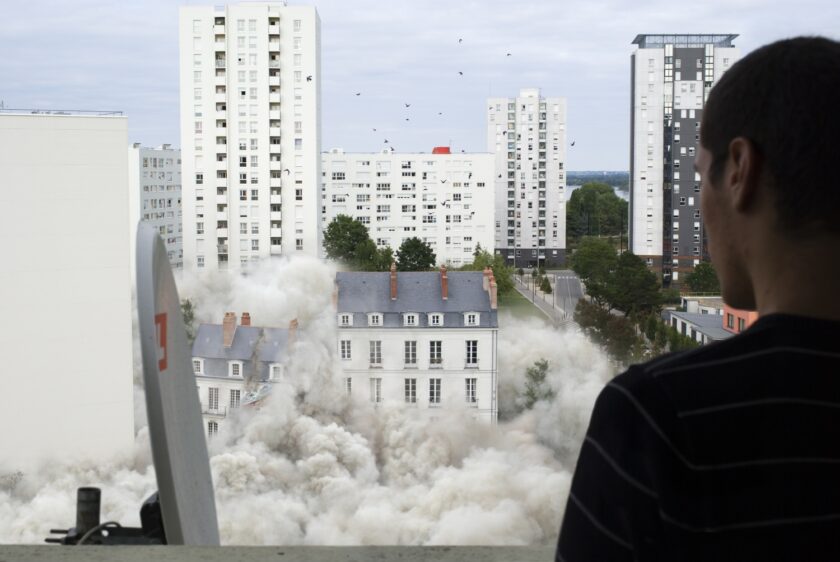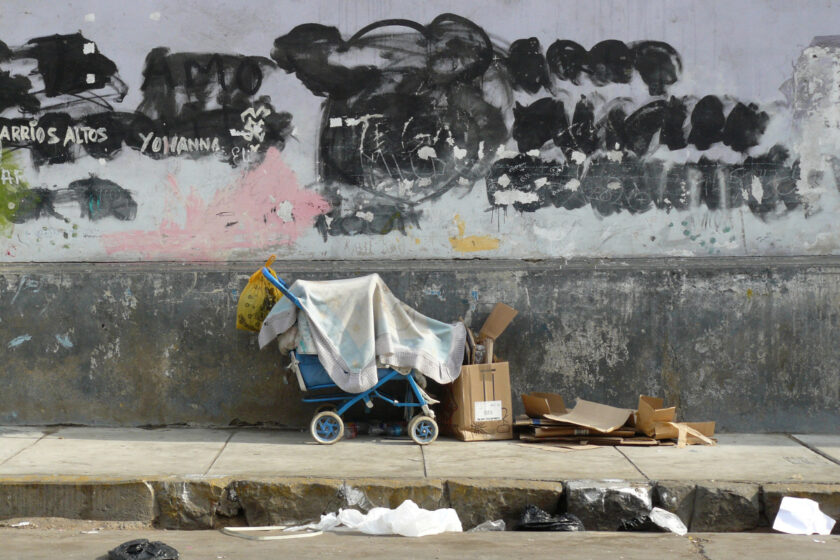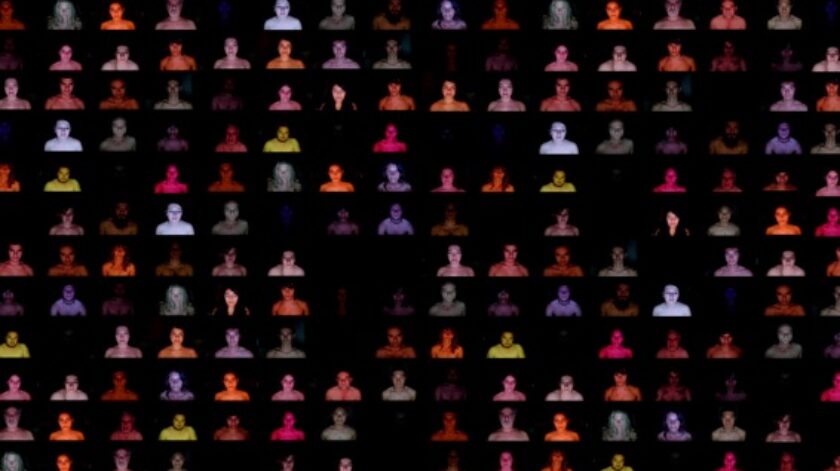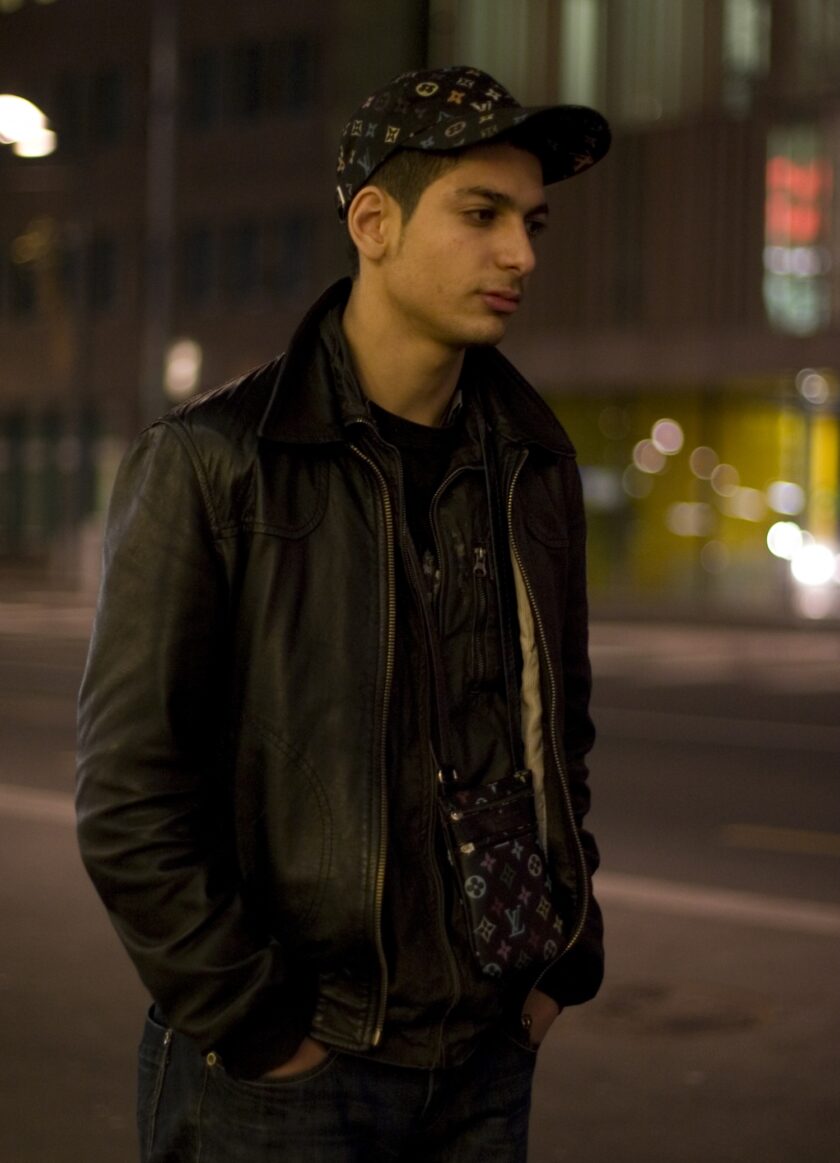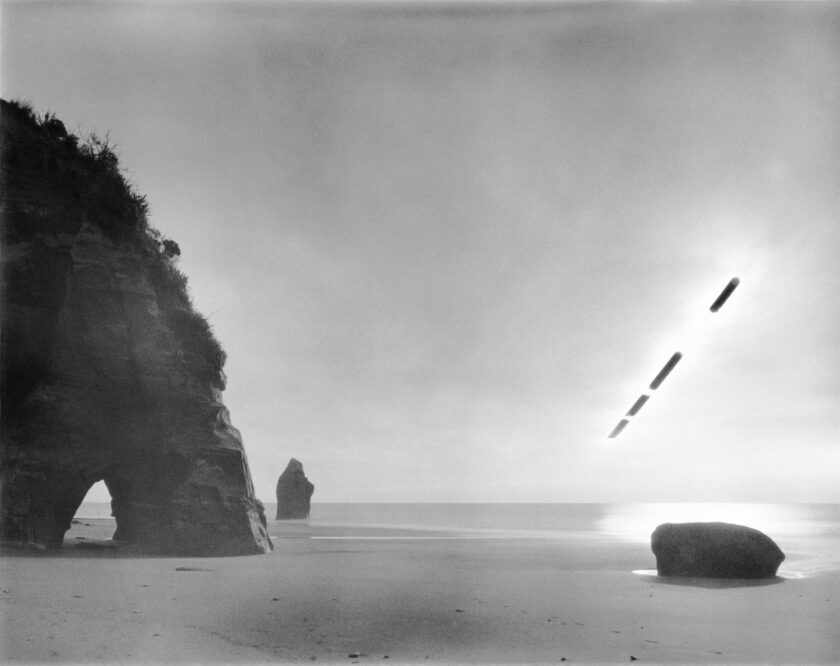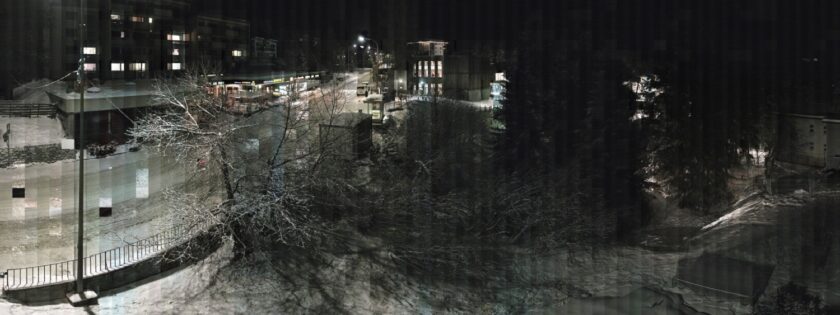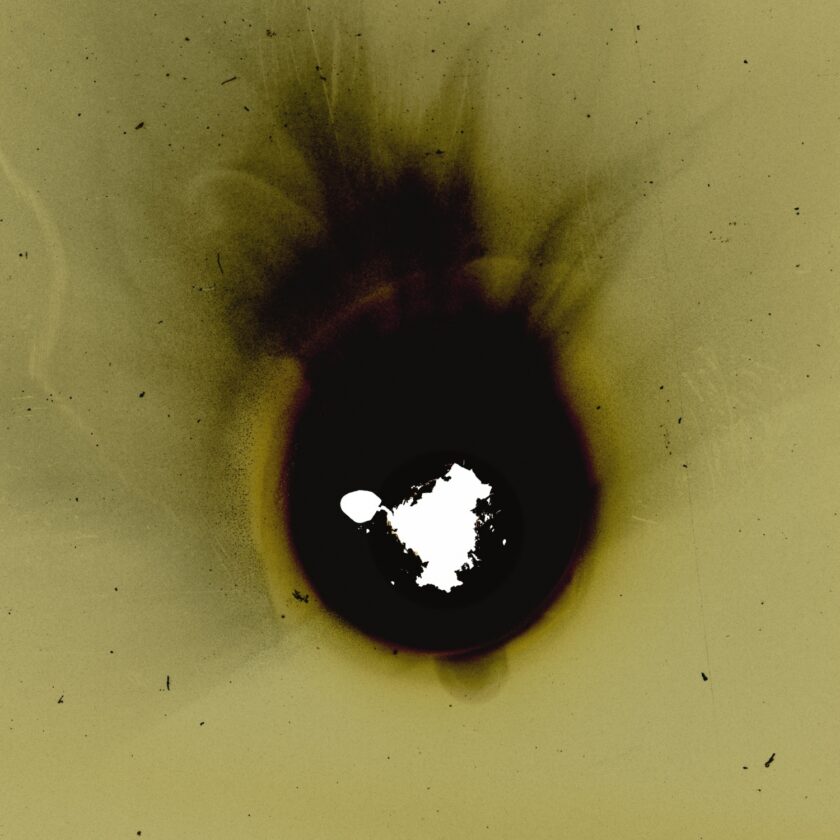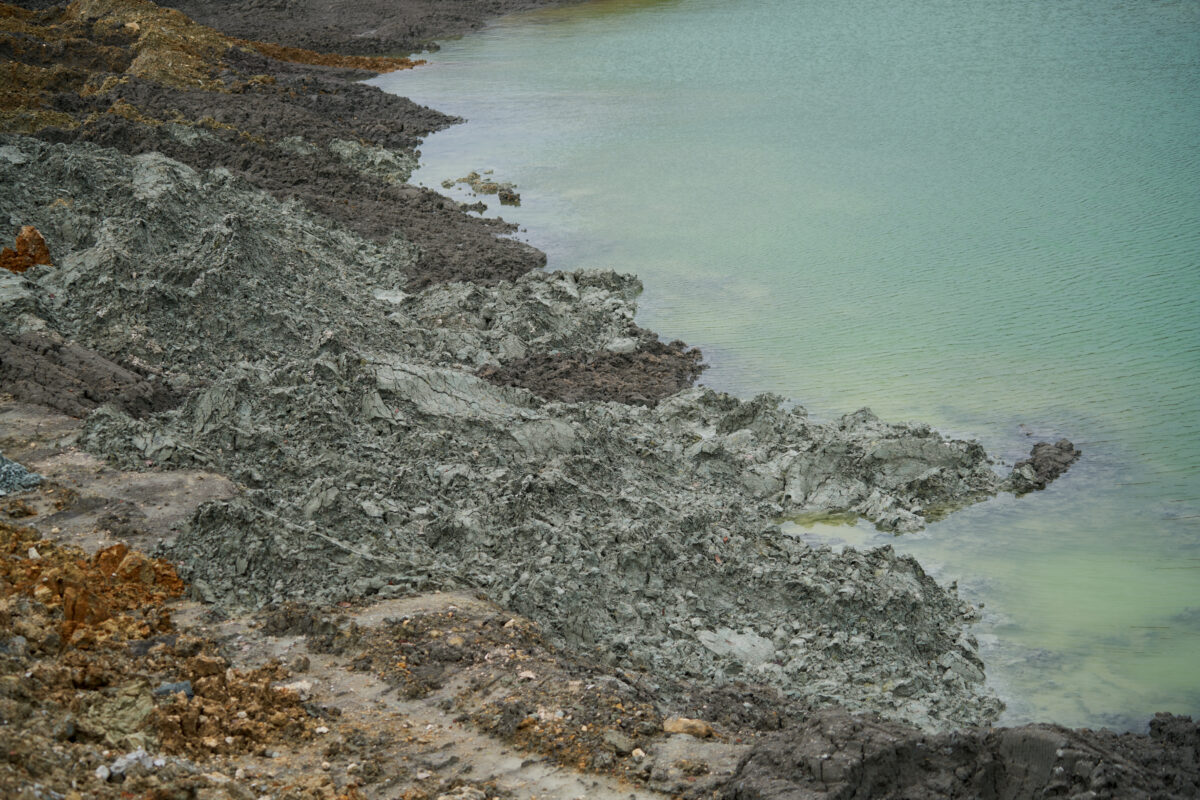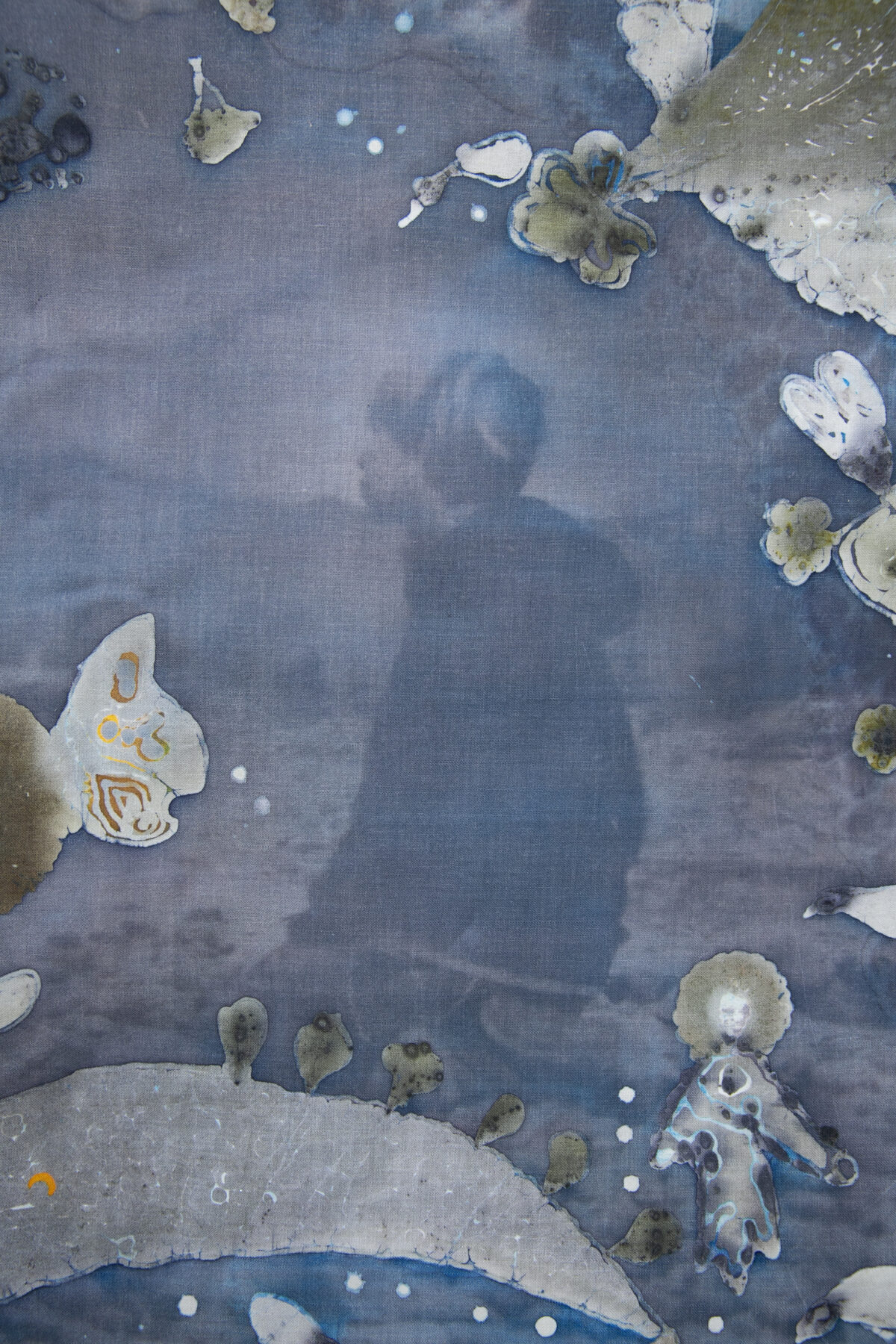We are in the United States. Each morning, service stations and highway exits are scenes in the samespectacle. Men waiting for a vehicle to arrive and pick them up for a day’s work. To give oneself the best possible chance, it is essential to arrive early in the morning and to wait. Wait until someonedeigns to hire you to perform menial work in exchange for a meagre salary that can be between five to ten dollars an hour. As illegals, these workers, often from the building industry, are forcedto play this game in order to feed their families. The lines of cars and the hours resemble one another. Only rarely do the authorities come to interrupt this routine. Day after day, Dom Smaz shares the daily lives of these illegal Mexican immigrants who crossed the border in the hope of finding a better life. In his “Wait Workers” series, the photographer displays pictures taken during these hours ofwaiting. The exploitation of illegal manual labour is not a phenomenon unique to the North American continent. In Switzerland, illegals mostly from Eastern European countries watch closely for carsat service stations. Dom Smaz’s preferred field of work is reporting. He explores daily life, the passing of time and its vestiges. In his series “Identités Clandestines” (Secret Identities, 2010), the photographerexamines the living conditions of thousands of illegals settled this time in Lausanne. By blurring the distinctive features of his models, Dom Smaz renounces the primary purpose of theportrait: to capture the identity of the subject. Their facial features are indistinct, in motion, just like their irregular situation in the eyes of the law.

